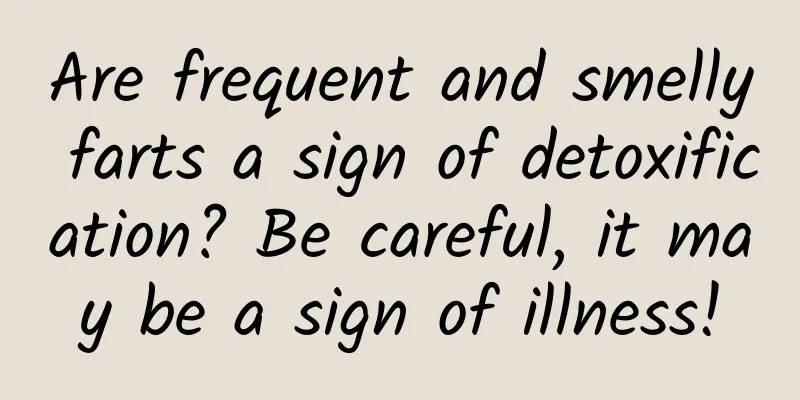Chronic obstructive pulmonary disease

|
"COPD" is the abbreviation of chronic obstructive pulmonary disease, a common chronic disease. According to an epidemiological survey, COPD has become the first fatal disease in cities and the fourth in rural areas. It can cause lung damage, dyspnea, systemic hypoxia, and a series of heart and lung diseases as the disease progresses. However, the harmfulness of COPD has not been fully recognized in China, and many patients are not aware of whether they are ill, which has also led to an increasing mortality rate of COPD. 1. What are the symptoms of COPD? (1) Chronic cough: It is more obvious in the morning. As the disease progresses, the cough may last a lifetime. (2) Coughing up phlegm: It is more common in the morning. After coughing, a small amount of white sticky phlegm is usually coughed up. If accompanied by infection, it may be purulent phlegm. When coughing is severe, there may be blood in the sputum. (3) Shortness of breath or dyspnea: Some patients will experience gradually worsening dyspnea on top of coughing and expectoration. Initially, they only feel short of breath when working or climbing stairs. As the disease progresses, they may feel short of breath when moving on flat ground or even when resting. When COPD has an acute attack, shortness of breath will worsen, and in severe cases, respiratory failure may occur. (4) Wheezing and chest tightness: Wheezing usually occurs when the condition worsens or an acute attack occurs, and chest tightness usually occurs after exertion. (5) Systemic symptoms: In the late stage of the disease, patients will experience systemic symptoms, such as loss of appetite and weight loss. 2. Is COPD caused by smoking? People who smoke are at a particularly high risk of developing COPD, and breathing in secondhand smoke is also a risk. In addition to smoking, people who breathe in smoke from burning fuels such as firewood, coal and animal dung, particulate matter and harmful gases in air pollutants (sulfur dioxide, nitrogen dioxide, ozone and carbon monoxide, etc.), occupational dust (silicon dioxide, coal dust, cotton dust and sugarcane dust, etc.), or people who live and work in air polluted environments are also at a higher risk of developing COPD. 3. Can COPD be cured? COPD is irreversible and currently cannot be cured, but can only be controlled. If patients do not pay attention, the disease will flare up acutely, causing symptoms to worsen. At this time, hospitalization for oxygen inhalation, anti-infection, and sputum discharge can improve symptoms. At the same time, home care for COPD patients is equally important, including home oxygen therapy and exercise. 4. How to prevent acute attacks of COPD? (1) Strengthen personal protection. Wear masks, wash hands frequently, go out less, gather less, ventilate more, avoid contact, scientifically prevent and control the epidemic, and ensure the health of patients. (2) Take medication on time and monitor the condition carefully. COPD is irreversible, and the disease can only be alleviated. Patients should follow the doctor's advice to take medication on time and in a standardized manner, carefully evaluate and monitor the progression of the disease, and seek medical attention in a timely manner if any changes in the condition are found. (3) Keep warm and prevent respiratory infections. In winter and spring, the weather is unstable. Patients should keep warm and avoid catching a cold to prevent the condition from getting worse. If you catch a cold, you should go to the hospital for treatment without delay. (4) Eat a healthy diet to improve physical fitness. COPD patients have low resistance, so they should pay attention to a healthy diet to improve their immunity. (5) Keep a regular work and rest schedule and do some exercise. Go to bed early and get up early, combine work and rest, ensure adequate sleep, and maintain a good attitude. In addition, smoking is the main cause of COPD, and patients and their families should quit smoking. |
>>: Why is my nose blocked on one side when I have a cold?
Recommend
How to tell if salmon is fresh? How to fry salmon to make it delicious
I believe everyone knows that salmon should be fr...
What are the harms of having sex during menstruation to women?
A healthy sex life is a lubricant in the marriage...
What should I do if warts grow on my cervix?
Today's female friends, under the education o...
Recommended methods to delay menopause
Menopause is a symptom of functional disorders of...
Can I have an IUD if I have uterine prolapse?
Uterine prolapse is a condition in which some mot...
Is it normal to have menstruation at the age of twelve?
In our old thinking, it is normal for adolescent ...
How to use Fufukang spray
Fufukang spray is mainly used to treat nonspecifi...
Do dwarfs have normal intelligence? Will their fertility and life span be affected?
Author: Wu Xueyan, Chief Physician, Peking Union ...
What should I do if I don’t sleep well before my period?
Women may experience various physical discomforts...
The correct way to take Yasmin
Yasmin (estrogen drospirenone) is a contraceptive...
Can I take a shower one month after a caesarean section?
Caesarean section is a common way of delivery in ...
Can uterine fibroids disappear on their own?
In life, many women suffer serious damage to thei...
High insulin levels cause polycystic ovaries
Polycystic ovary syndrome is a common disease amo...
Why do eggs smell even though they are not bad? What is the difference between selenium-enriched eggs and ordinary eggs?
Eggs contain a lot of protein, which will increas...
Drink porridge when you are sick. Maybe you have some misunderstanding about the light diet that the doctor recommended?
Audit expert: Wu Xinsheng Deputy Chief Physician,...









